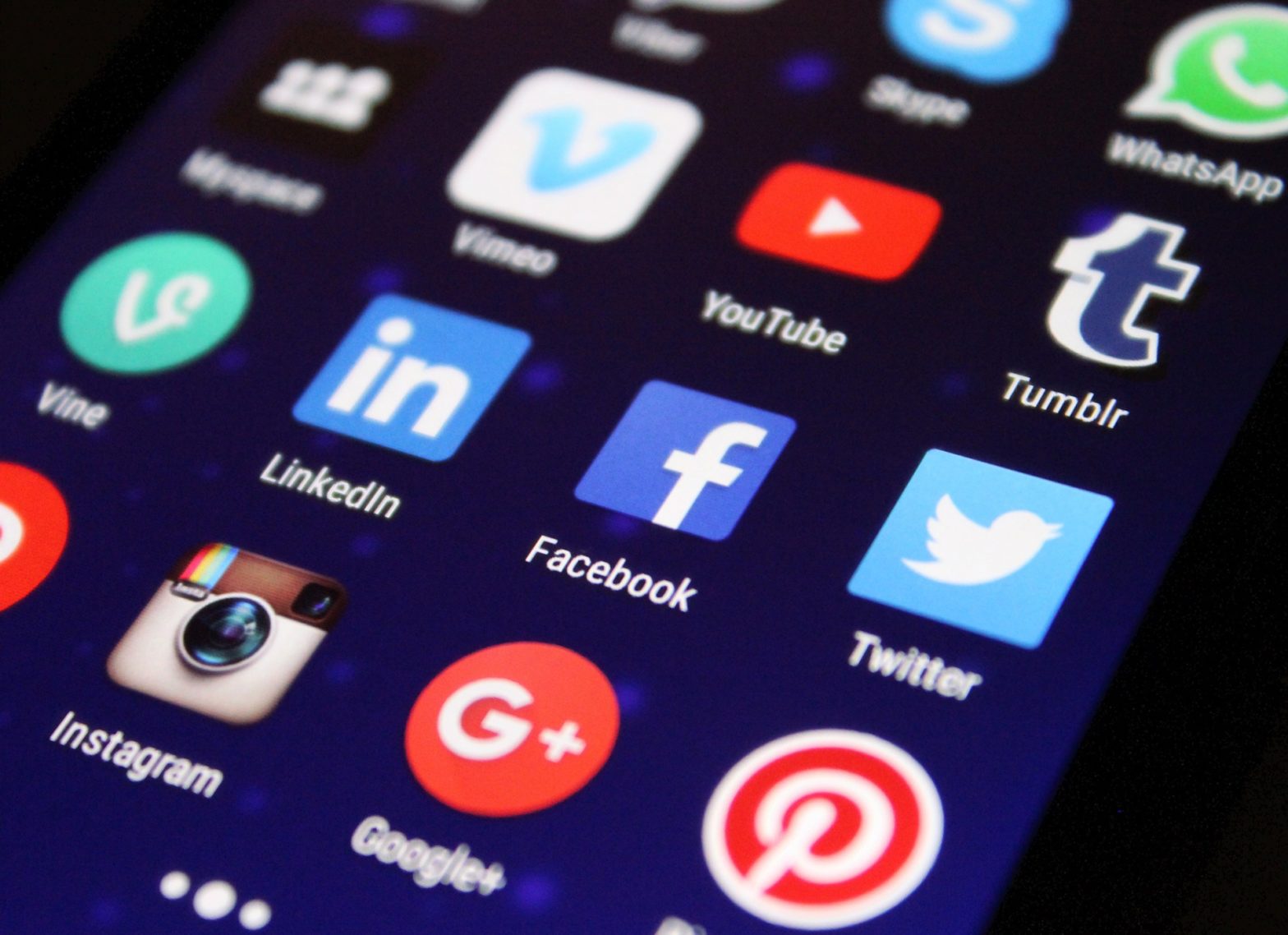DTC BRANDS ARE USHERING IN THE AGE OF INTELLIGENT TV BUYING
15. 1. 2019For many it worked. Brands such as Allbirds, Bombas, and Everlane, gained real traction through Facebook.
But that’s when the relationship went sour.
As these digital-first DTC companies grew in size to unicorn status and raised hundreds of millions of dollars, they needed to reach larger and larger audiences — and cherry picking the most attractive consumers on a larger and larger scale is a prohibitively expensive strategy. The most attractive audiences are the most attractive to a lot of brands, driving up the price. Soon these DTC brands needed a new solution.
Welcome TV. That’s right…television. I know it sounds all wrong, but hear me out.
I understand why you may be doubtful. The latest IAB Internet Advertising Revenue Report shows that digital media spend has eclipsed TV’s revenue. Quite possibly, a good deal of that is due to advertisers’ frustrations that TV couldn’t provide digital-like targeting or metrics.
Well, that’s all changed.
The same way marketers can track a customer journey through clicks and cookies, they can now do with linear TV ad views. Downstream outcomes, such as whether consumers went to the store, the theater, the dealership, are accessible. Attribution details such as how many impressions it took to make conversions are available. What’s more, this is all still rapidly evolving, with more and more types of outcomes that can be measured, including auto sales, CPG sales, and website visits.
So, now these rapidly growing DTC brands can take advantage of the mass reach of TV and still have the digital media metrics they’re used to.
Casper, the mattress company and early leader of the DTC movement, debuted TV commercials in 2016. Hubble, the content lens subscription company, hit TV screens in 2017. Bonobos, the DTC clothing company now owned by Walmart, premiered its first national spot this July. A month earlier, Quip, the DTC electric toothbrush company, aired its first TV ad, and DTC watch company MVMT is spending about 20% of its advertising budget on TV.
What’s more, according to Alphonso research, they’re using TV to move beyond their core audience of millennials. Quip, Casper, and Warby Parker are all primarily reaching audiences over 50 years old with their TV media buys. Their second largest TV audience is 35-49. DTC brands are using TV to broaden their reach to go head-to-head with the incumbent brands that have always been there, such as Gillette, Serta, Oral-B, and more.
This ups the ante for all brands.
So, what are incumbent brands to do? They need to act like DTC companies and use the same digital-like data to strategically optimize their own media buys. Otherwise, they’re letting their competition have the resulting advantages.
This will directly impact the future of TV.
TV, like digital, will be one channel where everyone is buying this old-school media intelligently with precision targeting, retargeting, and performance metrics. Old school no more. It may end up with the same economics that tend to limit advertiser’s use of platforms like Facebook for reach — but for now the early birds are getting the worms.
Another tactic for wealthier incumbent brands is to buy access to those in-the-know and to benefit from them directly. Yes, many traditional brands have opened up their war chests to buy DTC companies. Two years ago, Unilever bought Harry’s Shave Club for $1 billion. P&G bought DTC deodorant brand Native last year for $100 million in cash. This summer, Serta Simmons announced that it was merging with DTC mattress brand Tuft & Needle, and Movado Group revealed that it was buying DTC watchmaker MVMT. And, just recently, Walgreen’s bought a stake in Birchbox, with plans to feature Birchbox-branded retail experiences in its stores. With these investments in these companies — and the founders behind them — they can take a look under the hood at how they were able to gain market share so rapidly.
TV, though, will be a focal point of these types of changes. Traditional brands from all sectors, as well as the DTC disruptors, can take full advantage of what today’s TV data has to offer. Every brand should be keeping in lockstep with the advances of television and the wealth of insights it can provide to marketers from all industries.
Ashish Chordia is chief executive of Alphonso
Source: thedrum.com



